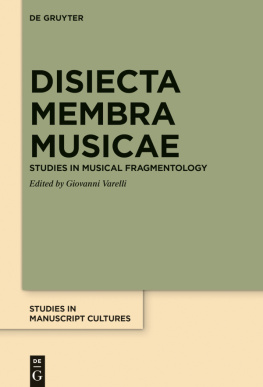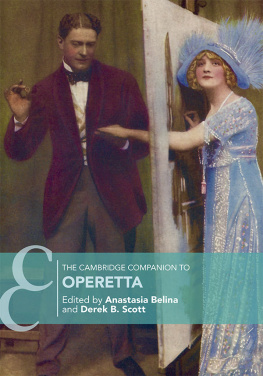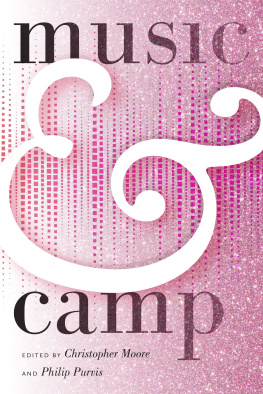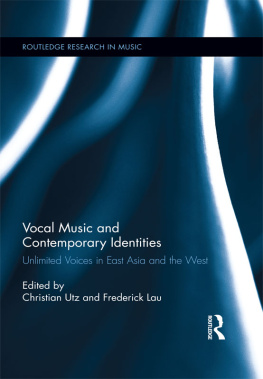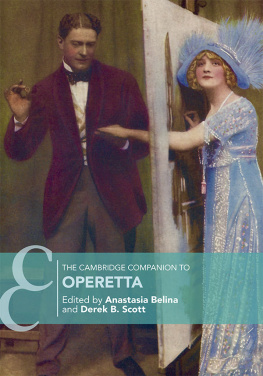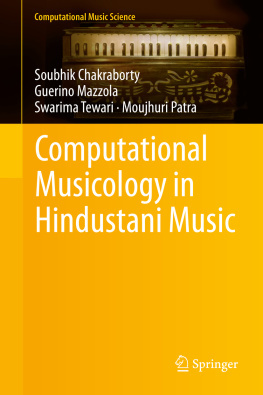Contents
Guide

Disiecta Membra Musicae
Studies in Manuscript Cultures

Edited by
Michael Friedrich
Harunaga Isaacson
Jrg B. Quenzer
Volume 21

ISBN 978-3-11-071722-8
e-ISBN (PDF) 978-3-11-071788-4
e-ISBN (EPUB) 978-3-11-071790-7
ISSN 2365-9696
DOI https://doi.org/10.1515/9783110717884

This work is licensed under the Creative Commons Attribution-NonCommercial-NoDerivatives 4.0 International License. For details go to http://creativecommons.org/licenses/by-nc-nd/4.0/.
Library of Congress Control Number: 2020947345
Bibliographic information published by the Deutsche Nationalbibliothek
The Deutsche Nationalbibliothek lists this publication in the Deutsche Nationalbibliografie; detailed bibliographic data are available on the Internet at http://dnb.dnb.de.
2020 Giovanni Varelli, published by Walter de Gruyter GmbH, Berlin/Boston
www.degruyter.com
Giovanni Varelli
Preface
Manuscript fragments are medieval musicologists old acquaintances. Membra disiecta of music codices often constitute the only surviving corpus of sources for entire periods, styles, or genres in the history of early European music. There is hardly any historian working on pre-1500 music who would not have directly studied a fragment, or a fragments content, or even discovered one at some point in their research. Yet, despite the long familiarity with this type of source mate rial, there has never before been a wide-ranging reflection on fragments as a particular object of study within the discipline, and especially on their role in last centurys musicological research. While it is largely acknowledged that the set of techniques and processes required for the analysis of fragmentary sources relies on a particularly wide range of skills and data to counterweigh the inherent lack of information, a collective, up-to-date, and comprehensive discussion of the various techniques and approaches for their study was still lacking.
In recent years, attention to fragments has surged considerably across all disciplines that share manuscripts not only as primary carriers of a textual tradition, but also as material objects and agents of cultural interactions and historical dynamics. Narratives evolving around ideas of exclusion and neglect, rejection, marginalisation, and utilitarianism can be easily constructed, and the ex-centricity of this material, its unexpectedness, can constitute a strong element of fascination. Fragments, however, clash decidedly with our idea of a past in which a richly decorated missal, for example, would necessarily acquire an almost absolute status as a sacred, precious, and untouchable object. No matter how aware we are that this was evidently not the case in medieval society, fragments can still challenge our set of values and how we relate to historical artefacts: we would probably expect to see the ruins of a monastery as the result of neglect or destruction, but we are always somehow struck by the sight of a parchment folio being reused as a wrapper or inside a binding. Besides fragments' significance as historical objects, it is possibly also because of such very modern projection of a sense of cultural self-harming if specialists, and public alike, have been so powerfully drawn to the remains of destroyed manuscripts. Yet, fragments often offer an answer also to the converse question of survival, especially by providing a glimpse into the remarkably diverse spectrum of grades in manuscript production; with some notable exceptions, fragmentary material predominantly represents those categories of compilations that fell outside the highest grades, such as objects of everyday use and/or carriers of widely circulated texts.
Similarly to other types of texts, wear, a repertory going out of fashion, censorship or ecclesiastical reforms were some of the reasons why a music manuscript was neglected and consequently discarded. Overall, however, the re-use of parchment as binding material, thanks to which some of the most important testimonies of musical practice survived, was more related to social and economic historical dynamics than antiquity or artistic taste. Because of their particular volatility, music manuscripts go through an often-overlooked middle phase, occurring between the moment when the original codex, libellus , or roll ceases to be of use and its becoming an object of antiquarian interest; a phase in which the object is simply obsolete, yet not valuable enough to ensure its preservation, and during which recycling usually takes place. A manuscript must thus survive this interregnum (as well as fires or other calamities) for it to be handed down to us in its original form; otherwise, fragments start their own, independent existence. Once reused as part of a binding, readers interacted with fragments in multifarious ways. These range from more content-related comments, deletions, or additions of similar nature (e.g. a series of antiphons for a saints office, inspired by the liturgical content of the fragment), to a more contingent use of the manuscript material to host a table of contents and exlibris , including recording texts of transactions, accounts, doodles and pen trials ( probationes pennae / calami ). In other words, fragments constituted a presence which was well-noted and that often prompted an afterlife as carriers of information. The study of membra disiecta is not only a remarkably valuable source of evidence for both the manuscript cultures that produced the original codex and any posthumous engagement by reader-users, but also on later book cultures, up to eighteenth-century antiquarianism. So, what can fragments tell us about specific manuscript cultures and musical communities in medieval society? What is the lesson that we can learn from them? How did fragmentary material shape our conception of the written transmission of music in the Middle Ages?
The aim of this collection of essays is to answer these questions by taking a snapshot of the current state of the art in the study of fragmentary music manuscript sources from the Latin Middle Ages ( c .8001500), namely the variety of approaches for the analysis of the repertory and its transmission, musical At the basis of this volume there was certainly an emphasis on new discoveries, but it was primarily intended as a hub to reflect on issues of methodology, historiography, and materiality raised by surviving medieval music fragments in Europe. A few scholars actually devoted a significant part of their research only to fragments, be it from the necessity imposed by the state of surviving source material for a specific period or geographical area, or for a particularly vested interest in these relics of our musical past. Reflections emerging from a long-standing and intense engagement with membra disiecta of music manuscripts provide the most apt introduction to this volume (Polyphonic Fragments: Destruction, Recovery, Reconstruction by Margaret Bent). Most of the twelve authors, moreover, endeavoured to discuss fragments from particular historical regions, corresponding to modern-day Austria, Britain, Czechia, Germany, Hungary, Italy, Poland, Scandinavia, Slovenia, and Spain, thus including areas that have been for too long a time considered peripheral to a factitious centre.

